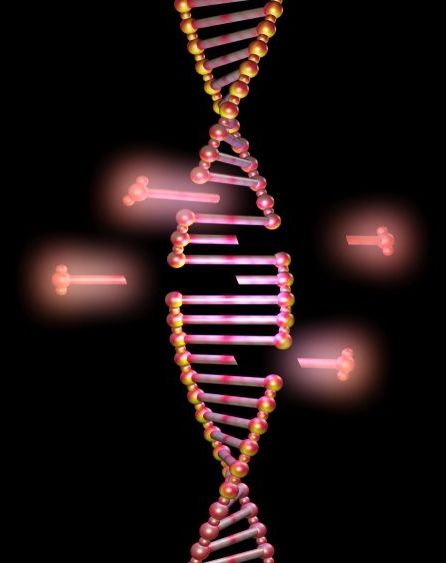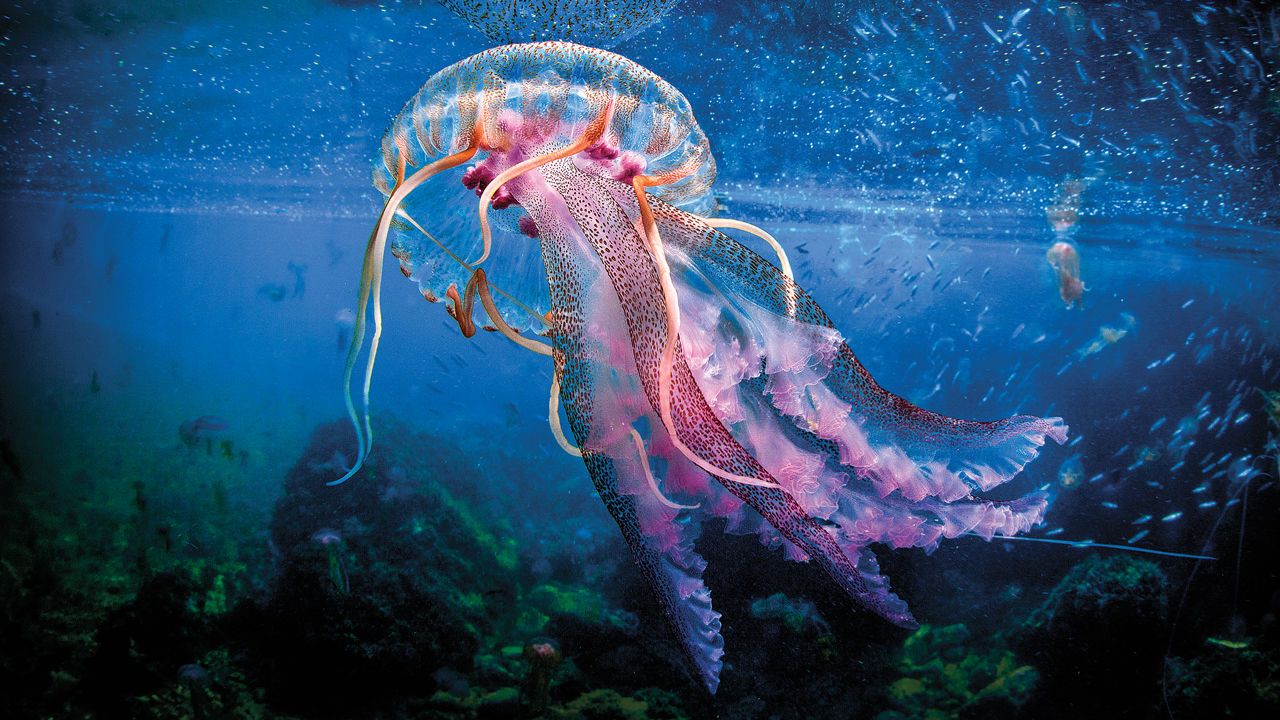Hmm. Drones that can be recharged by a laser. So how long could they fly before having to land? How about “never mind”? We can look forward to seeing this idea in action. New Scientist had a story on September 3 that the US Army was making a laser-powered drone to beast endurance hurdles.
The system in mind involves a laser shot from the ground that can power up a military drone mid-flight.
The Daily Mail said that this laser system would be beaming power to photovoltaic cells on the drone, and Futurism said that “The key is hitting a photovoltaic cell on the drone, which then converts the light from the laser into electricity. The Army hopes to be able to do this from up to 500 meters (.31 miles) away.”









